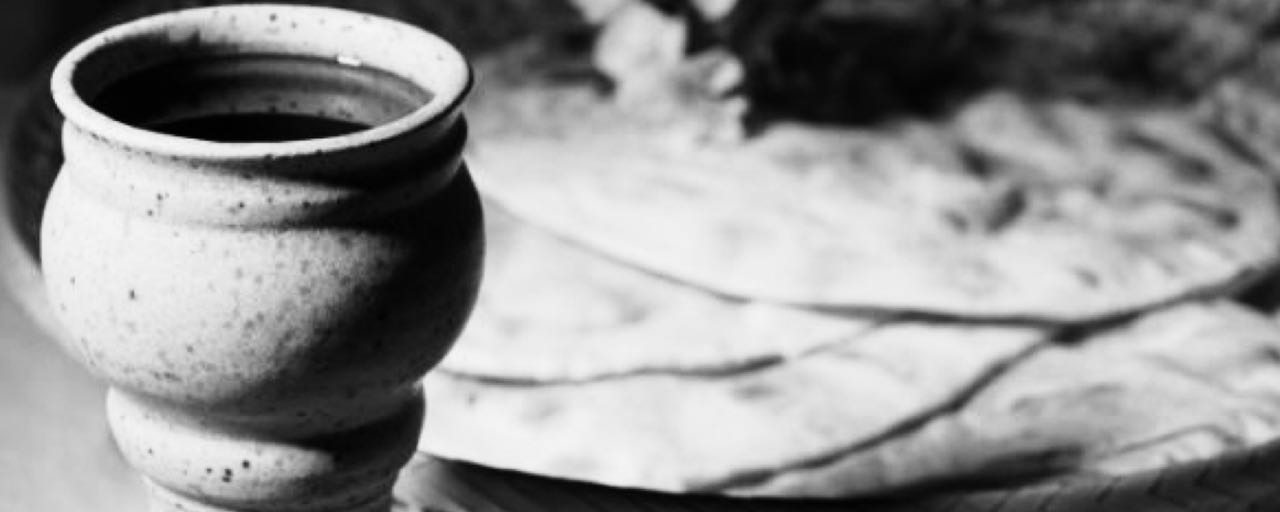Trembling, elderly hands sometimes lack the most amenable digits for holding thimble-sized cups filled with wine, but they are the hands into which the sacrament is placed nonetheless. Though having the congregation drink from one common cup has been the practice of most Christian centuries and finds some warrant in 1 Corinthians 10, for a variety of pastoral reasons many churches today use smaller individual cups for communion. When such hands recently received and then dropped an entire cup filled with the reserved sacrament, a shiver ran down my spine; the sound of a cup bouncing and liquid splashing on a wooden floor reverberated to the vaulted ceiling above the chancel and back down to where I was serving the panoply of persons who knelt at the altar rail.
Login to read more
Sign in or create a free account to access Subscriber-only content.
Topics:
